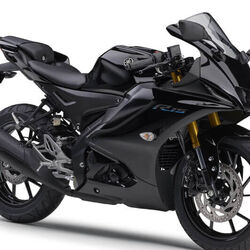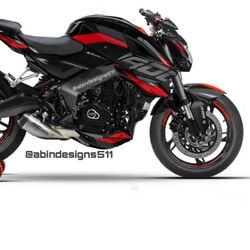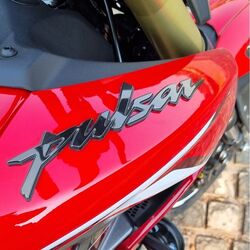2022 Suzuki Hayabusa first ride review: The 'legend' continues
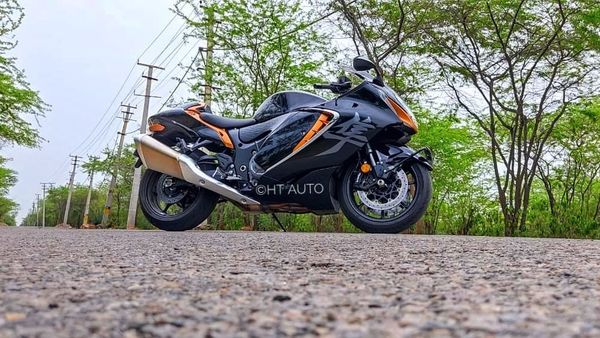

Suzuki Hayabusa has defined the word 'legendary' in the world of superbikes for decades. Born to take down the likes of Honda CBR1100XX Super Blackbird, Busa did more than that by ruling the speed tracks and salt lakes, meanwhile setting standards for comfort and arm-stretching acceleration on a road bike. For 2021, the Busa has entered its third generation after a wait of good 13 years but all that wait has been worthwhile? Read on to know.
(Also see | More pics of 2022 Suzuki Hayabusa superbike)
Also check these Vehicles
The new Hayabusa builds on the signature, big and bulky body lines of the previous model. It remains instantly recognizable as its restyled, wind-cutting body retains the cues inspired by the peregrine falcon. For 2021, Suzuki’s design team has incorporated distinct lines and shapes on the Busa to give it a fresh flavor.
There is a sharper front façade with razor-cut air scoops that are also highlighted by the bright orange or red detailing, depending upon the colour selection. The Japanese symbol for ‘Hayabusa’ remains proudly presented over the sides in large font, and then there is some more chrome and orange detailing on the side fairing cuts. The rear has also been reworked completely, and the new taillights along with the rear seat cowl give it a very extraterrestrial look.
All the lighting around the updated Busa is now LED, and it exudes sophistication and premium quality. Another highlight of the new model is its modern TFT dash. The screen sits between familiar-looking analog gauges. While we’re used to seeing a similar old-new mix on touring-style motorcycles, it is definitely a welcoming addition on a sportbike.
_1625422163643.jpeg)
_1625422163643.jpeg)
Due to a total rebuild on the 1340cc powerplant, Suzuki has achieved a much smoother and stronger low-to-mid range power output. And all thanks goes to the multiple updates that have gone inside the system, including a new intake system, revised cam timing, new pistons, and of course a redesigned exhaust that helps the Busa achieve Euro 5 or BS 6-compliance. The result of this powertrain is 188 horsepower and 151 Nm of torque. Hayabusa purists may complain about the peak horses have dropped when compared to the last-gen model, but the motorcycle still manages to feel faster. Suzuki's claim of boosted low-to-midrange torque production is properly visible.
The throttle response on the new Busa is spot on and there’s a ridiculous amount of velvety-smooth power available on-demand. All you need is a small amount of throttle to make the scenery blur, irrespective of the gear you are slotted in. On wide-open highways, the bike never feels stressed and there is tons of roll-on power for quick overtakes and passes.
The use of ride-by-wire and Bosch IMU-based traction control has completely transformed the experience on the Busa and it’s simply become one of the most approachable big-bore four-cylinder bikes that I've put my hands on to date. It now also gets a couple of riding modes to play with, where is the ‘C’ is the one that you must be in if you have a pillion along, while B gets a slightly sharper response but toggle into A and all hell breaks loose.
While low power C and B modes are on the softer side, the full power A mode unleashes all the godly force that is also scary at times. Naught to 100 or 150 kmph is achieved in a matter of a few seconds, and it becomes quite a task to hold on to the bar after this speed. Thanks to the new bi-directional quickshifter you can hope the grip the bar more tightly during the speed run(s) as it works flawlessly.
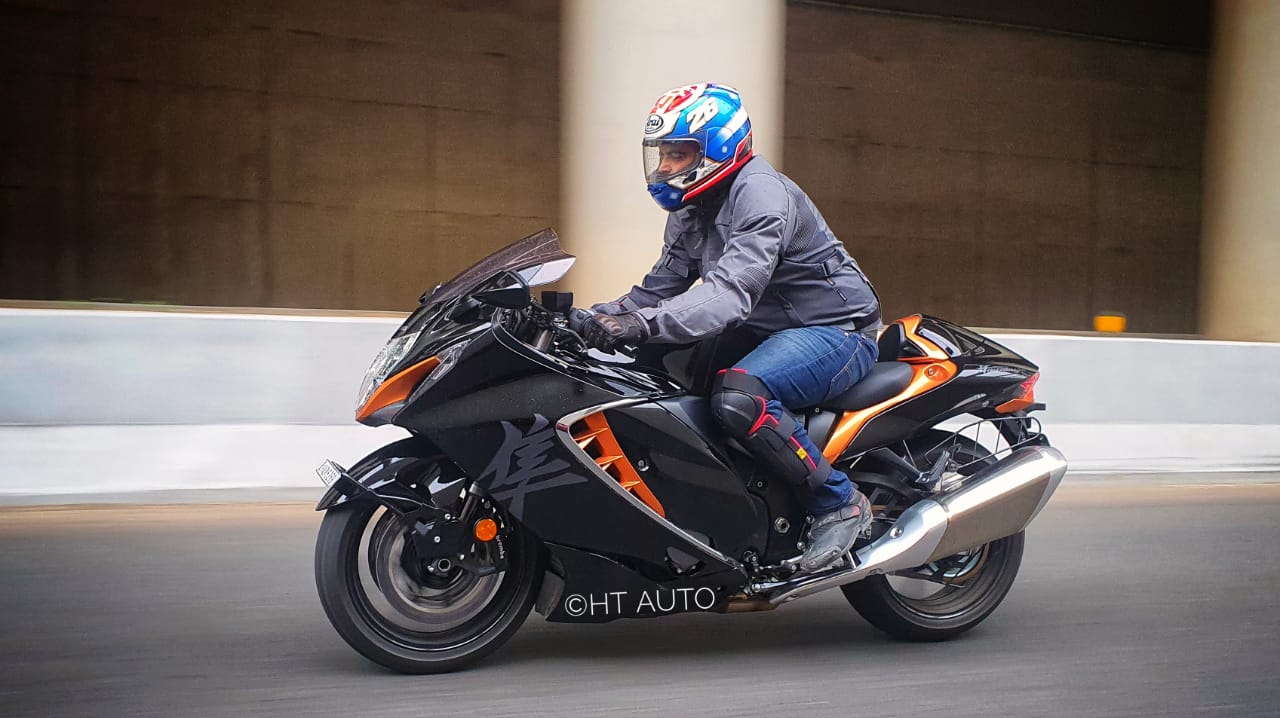

The power delivery of the new 2022 Hayabusa, combined with the upgraded electronics gives you the freedom to thrash it around without the constant fear of getting ejected from the seat. It clearly retains the arm pulling acceleration it made its name for, but now the safety net of the electronics make it a more manageable, and ready for riders of all age and experience.
Weighing at 264 kg kerb, the new Busa sees a marginal 2 kg drop over the predecessor but honestly, it doesn’t bring much difference. You are going to feel the weight when going side to side, but it still remains one of the most comfortable ways to go fast from one point to another.
It now gets new Brembo Stylema front calipers and 10mm-larger 320mm rotors that do an excellent job of trimming speeds. The new linked ABS system, which distributes braking force between the front and rear, works well. Also, a special mention has to be made of the Bridgestone Battlax Hypersport S22 tyres that are offered as a standard fitment and provide exceptional grip and cornering abilities to the Busa.
_1625422258508.jpeg)
_1625422258508.jpeg)
For 2021, the new Busa demands a slightly steeper - ₹16.4 lakh (ex-showroom, India) price tag which is about ₹2.7 lakh over the last model, but with all the new improvements the hike doesn't look that big, as it manages to remain one utterly sensible proposition.
The new-gen Busa has clearly upped the ante with all the new generation updates it has received. Not just the sharper looks and reworked powertrain, it’s the class-defining set of electronics that bring all the difference in the new machine. Overall, it still manages to be one of the quickest, yet comfortable ways of rolling on two wheels, and no wonder why the cult of the Hayabusa is still as strong as it was decades back.








 1340.0 cc
1340.0 cc 17 kmpl
17 kmpl
 Petrol
Petrol
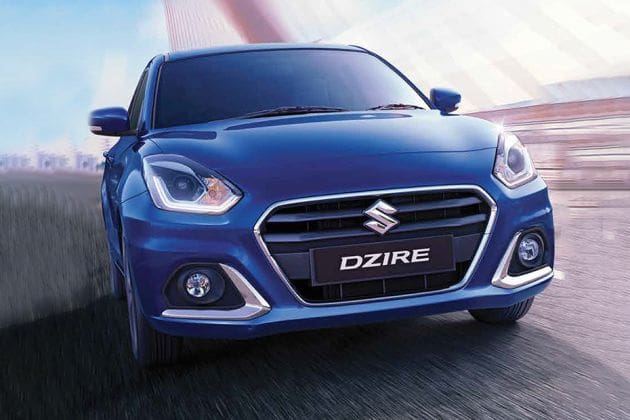
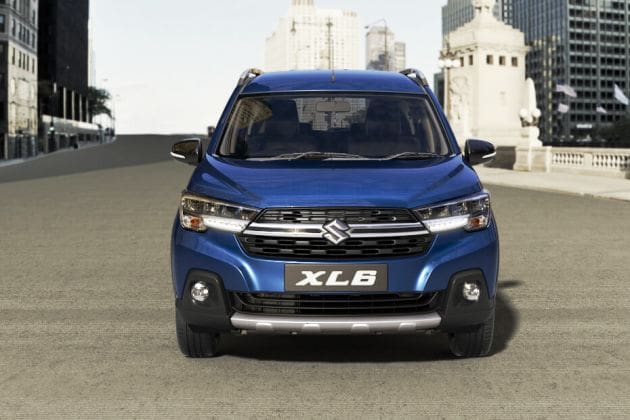
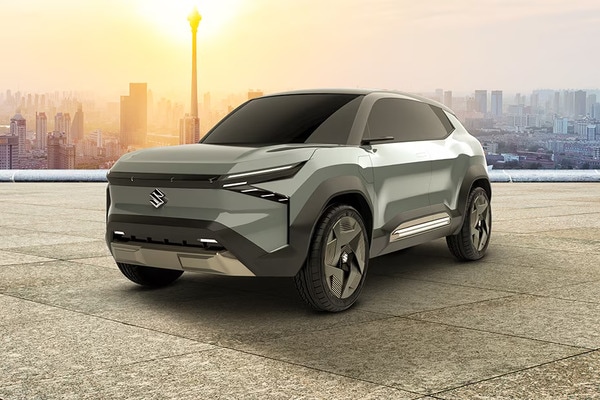
 60 kWh
60 kWh 550 Km
550 Km





